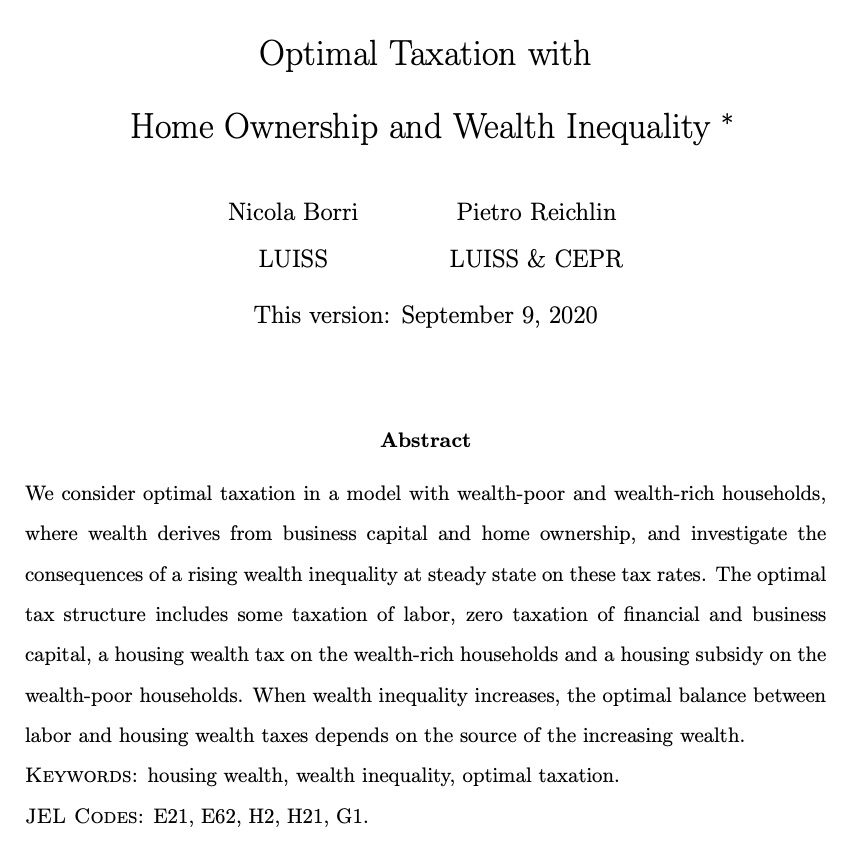Updated March 21 #coronavirus #Italy -- thread
Today dramatic increase in the number of deaths (793 or +20% respect prev day). Relatively better news with respect to total number of infected which increases by 4821 units, or 13% with respect to previous day

Today dramatic increase in the number of deaths (793 or +20% respect prev day). Relatively better news with respect to total number of infected which increases by 4821 units, or 13% with respect to previous day


1/ I think the large increase in number of deaths, as dramatic as it is, was expected given the large number of people that are currently infected (more than 42K). So better to focus on the flattening of the curve for the newly infected, and in mean time #StayAtHome 

2/ Today more about 26K tests were conducted and 18% of the tests results positive. Total number of tests so far 230K. Many experts are calling for more tests, and a contact tracing strategy as in Korea. 

3/ It is important to look at breakdown by regions, as they are in different stages of the virus spread. In the last two days Piemonte is giving signs of slowing down of the increase in infected and deaths, but many regions appear on similar path of Lombardia. 



4/ My figures by regions are now in log-scale. Emilia Romagna, Liguria, Marche and Tuscany along Piemonte seem more or less to be following Lombardia. Regions in the South are a few more days behind. In the mean time #StayAtHome #StaySafe #staystrong
• • •
Missing some Tweet in this thread? You can try to
force a refresh












